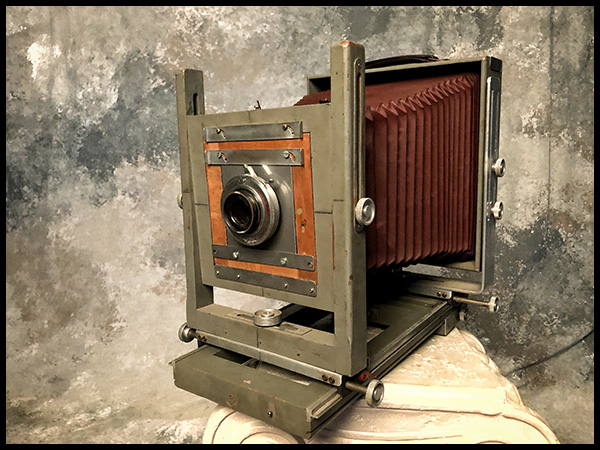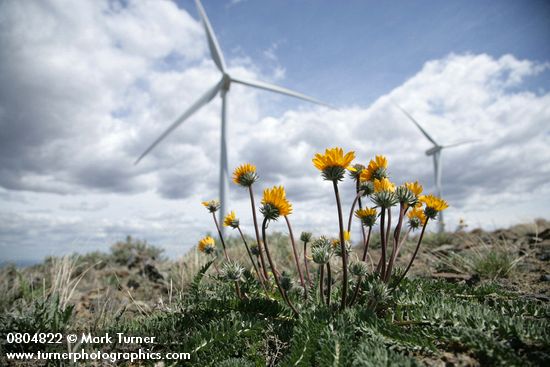Distributed electric power production has a number of advantages over the current big power plant and long lines model. Solar power, mounted on rooftops everywhere, can be a significant contributor to living more lightly on our planet. The downside is that the upfront cost is expensive.

But once a solar electric system is installed it just sits there and quietly turns sunlight into electricity. The photo shows a portion of the array we put on our roof earlier this month and got final approval to turn on yesterday. It’s a grid-tie system, which means that we have no batteries to maintain and that when our panels generate more power than we are using we sell the excess to our electric utility. When it’s dark or our load is high, we buy power back. Net metering results in us selling at the same price we buy.
We first considered installing solar panels back in 2003 but choked on the price and upgraded our inefficient gas furnace instead. The price hasn’t really come down that much in the last five years, but there are more choices on the market, more qualified installers, and it just seemed like the right time to jump in. Like computers and other things silicon, I think the price will come down further as manufacturing capacity goes up. It’s hard to predict the “sweet spot” in the curve, so we went ahead and helped stimulate the market.
I did a fair amount of research into the hardware and got estimates from five installation firms before we committed to our system. We ended up with 24 Sanyo HIP-190BA3 panels and a SMA Sunny Boy 5000US inverter, installed by Fire Mountain Solar from Mount Vernon, Washington. Links and photos of the installation are at Solar Electric in the Nature & Environment section of my website. [edit 1/6/2011: website reorganized and photos taken down]
The final step in activating the system was an inspection by our utility, Puget Sound Energy, and installation of a pair of new meters. The PSE guy came by Monday morning on about 10 minutes notice. He approved the electrical work, swapped out our old meter for one that accommodates net metering and put in the new solar production meter. Then we turned the system on and immediately started selling power.
We expect to sell power any time the sun is shining and then buy some back when it’s heavily cloudy or dark. Overall our system should produce about 75% of our annual electric load. That includes all the computer power and file servers required for a digital photography business and our resident web programmer and computer guru.
It doesn’t have to be super bright to generate power. In photographic terms, an incident meter reading under this morning’s dark and overcast sky of 1/125 at f/4, ISO 100 corresponds to 125 watts at 120 volts output from our system. My trusty old Gossen Luna-Pro says that translates to about 5500 lux or 500 foot-candles of light hitting our roof. In full direct sun the output should be about 4,000 watts.



 There hasn’t been a lot of sunshine in northwestern Washington for the past several days. In fact, it’s been one of the coolest springs on record around here, with very few days when the temperature even got above 60 degrees F. Plants are running about 2-3 weeks behind normal in their spring growth. This Helianthemum nummularium added a bit of sunny yellow to the garden at Tennant Lake Fragrance Garden in Ferndale late this afternoon. That’s about the only sun we saw today.
There hasn’t been a lot of sunshine in northwestern Washington for the past several days. In fact, it’s been one of the coolest springs on record around here, with very few days when the temperature even got above 60 degrees F. Plants are running about 2-3 weeks behind normal in their spring growth. This Helianthemum nummularium added a bit of sunny yellow to the garden at Tennant Lake Fragrance Garden in Ferndale late this afternoon. That’s about the only sun we saw today.

